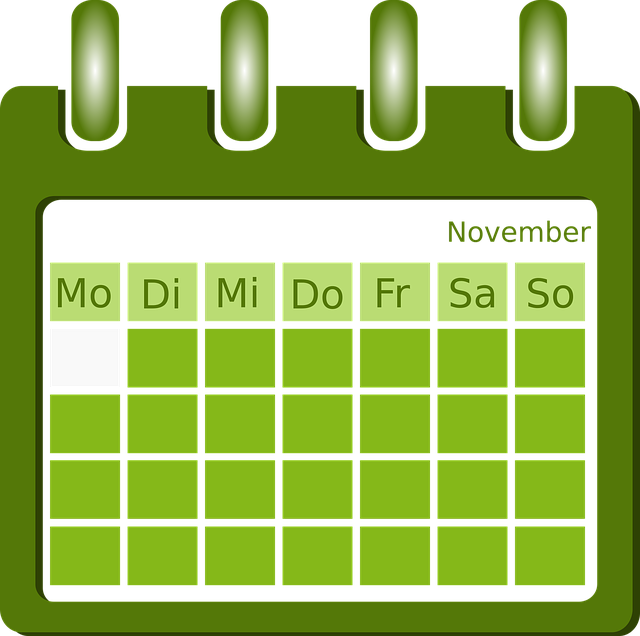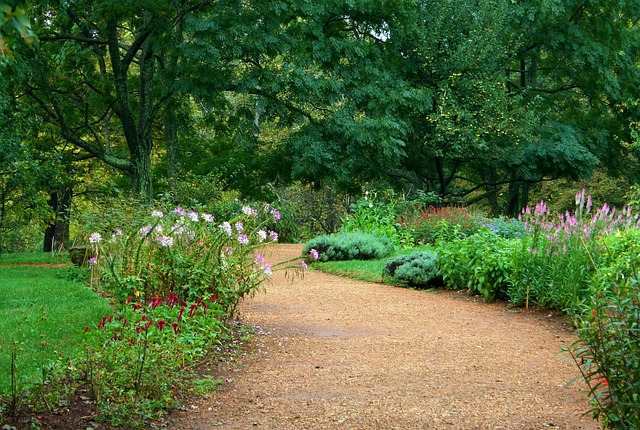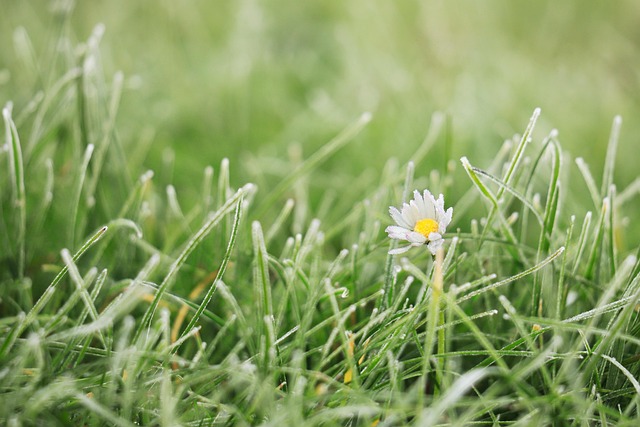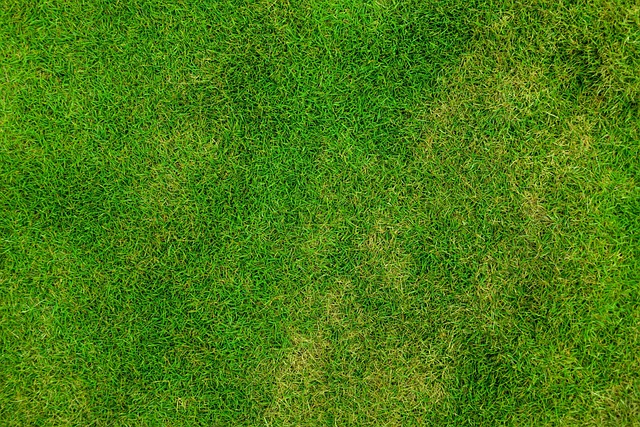Mulching and edging are essential practices in lawn care and landscaping. Mulch conserves soil moisture, reduces watering needs, suppresses weeds, and enhances fertility, while edging defines grass boundaries and prevents intrusions. Combining these strategies strengthens lawn health, resilience, and aesthetics, ultimately resulting in a vibrant, well-tended outdoor space. Proper application techniques and the choice between organic and inorganic mulches maximize these benefits.
Transform your lawn into a picture of perfection with effective mulching and edging techniques. This comprehensive guide explores the art of lawn care and landscaping, highlighting the benefits of mulching—from retaining moisture to suppressing weeds—and offering best practices for optimal results. We delve into various edging techniques to achieve clean lines and enhance your lawn’s aesthetic appeal. By combining these practices, you can create a lush, well-maintained landscape that becomes the envy of your neighborhood.
- Understanding Mulching: Benefits and Best Practices
- Edging Techniques for Neat Lawns
- Combining Mulching and Edging for Optimal Lawn Care
Understanding Mulching: Benefits and Best Practices
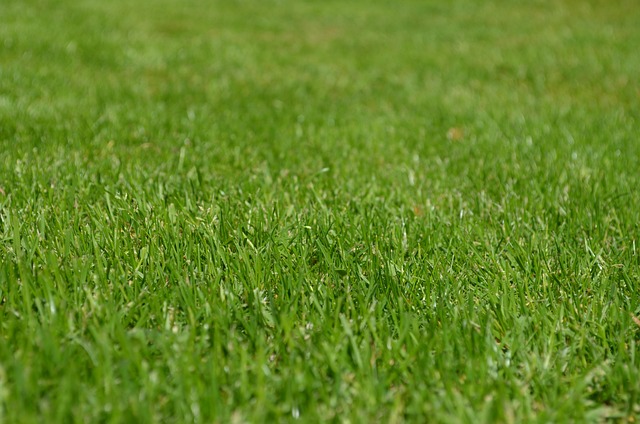
Mulching is an essential practice in lawn care and landscaping, offering numerous benefits for your outdoor space. By applying a layer of organic or inorganic material—typically referred to as mulch—around plants, trees, and gardens, you create a protective barrier that enhances overall health and appearance. One of the primary advantages is its ability to conserve moisture in the soil, reducing the frequency of watering, which is especially beneficial during hot, dry summers.
Additionally, mulch acts as a natural weed suppressant, preventing their seeds from receiving sunlight and germinating. It also contributes to soil fertility by gradually decomposing, adding essential nutrients back into the earth. When choosing a mulch, consider organic options like wood chips or straw for a natural look and improved soil structure. Inorganic mulches, such as gravel or rubber, offer longer-lasting protection but may not enhance soil health. Applying mulch correctly—at the right depth and in strategic patterns—ensures these advantages are fully realised, transforming your lawn and landscaping into a thriving, low-maintenance oasis.
Edging Techniques for Neat Lawns

Creating a clean, well-defined edge around your lawn is an essential part of lawn care and landscaping. There are various edging techniques to achieve this look, each offering unique benefits. One popular method involves using a string trimmer, which allows for precise cutting along borders, walls, or trees. This versatile tool is easy to maneuver and can quickly transform rough edges into crisp lines.
For more intricate designs or larger properties, manual edging tools like edgers or garden forks are ideal. These tools enable you to manually control the cut, resulting in clean, straight lines and curved paths. Edging not only enhances the overall aesthetics of your lawn but also helps prevent grass from growing into beds, walkways, and other areas where it isn’t desired, streamlining lawn care routines.
Combining Mulching and Edging for Optimal Lawn Care

Combining mulching and edging is a powerful strategy for optimal lawn care and landscaping. Mulch, by retaining moisture, suppressing weeds, and gradually releasing nutrients, fosters a healthy soil environment that promotes lush grass growth. Edging, meanwhile, enhances curb appeal by defining the boundary between your lawn and pathways, gardens, or other landscape features. When done together, these practices create a harmonious and well-maintained outdoor space.
By integrating mulching and edging into your routine, you’ll not only improve the overall aesthetics of your lawn but also strengthen its resilience. Mulch acts as a protective layer that prevents extreme temperatures from damaging roots, while edging ensures consistent application of mulch, preventing it from dispersing onto nearby sidewalks or driveways. This dual approach to lawn care is a game-changer for any homeowner aiming to achieve a vibrant, well-tended outdoor area.
Mulching and edging are essential practices in lawn care and landscaping, offering numerous benefits such as weed suppression, moisture retention, and enhanced soil health. By understanding the best practices for each technique and combining them effectively, you can achieve a neat, well-maintained lawn that stands out in your neighborhood. Regular application of these methods not only improves the aesthetics of your outdoor space but also contributes to its long-term health and resilience.



